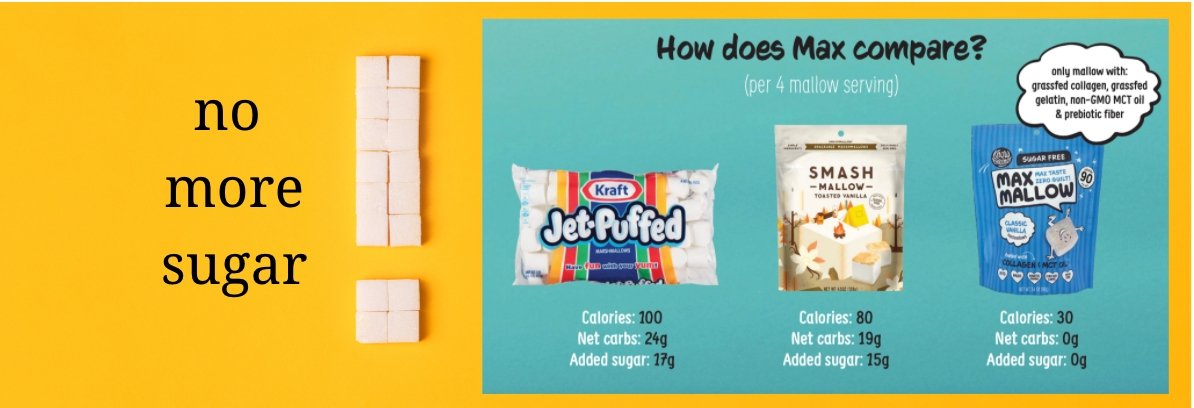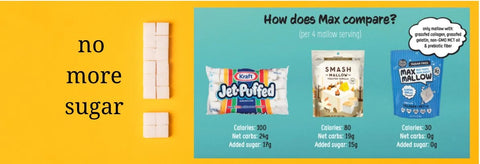Effects of Xylitol on Blood Glucose, Glucose Tolerance, Serum Insulin and Lipid Profile

The present study was conducted to examine the antidiabetic effects of xylitol in a type 2 diabetes rat model.
Six-week-old male Sprague-Dawley rats were randomly divided into 3 groups: normal control (NC), diabetic control (DBC) and xylitol (XYL). Diabetes was induced only in the DBC and XYL animal groups by feeding them a 10% fructose solution for 2 weeks followed by an injection (i.p.) of streptozotocin (40 mg/kg body weight). One week after the streptozotocin injection, the animals with a nonfasting blood glucose level of >300 mg/dl were considered to be diabetic. The XYL group was fed further with a 10% xylitol solution, whereas the NC and DBC groups were supplied with normal drinking water.
RESULTS:
After 5 weeks of intervention, food and fluid intake, body weight, blood glucose, serum fructosamine and most of the serum lipids were significantly decreased, and serum insulin concentration and glucose tolerance ability was significantly increased in the XYL group compared to the DBC group. Liver weight, liver glycogen and serum triglycerides were not influenced by feeding with xylitol.
CONCLUSION:
The data of this study suggest that xylitol can be used not only as a sugar substitute but also as a supplement to antidiabetic food and other food products. And the effects of xylitol are
Abstract
Copyright © 2012 S. Karger AG, Basel.




Leave a comment